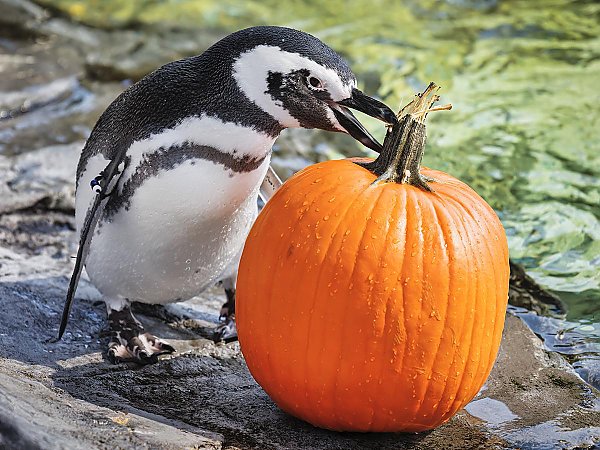
Aquarium Discounts
Aquarium coupons at Baker’s through December
Explore the beauty and diversity of coral reefs and their animal residents in the Aquarium’s newly reimagined Tropical Pacific Gallery.
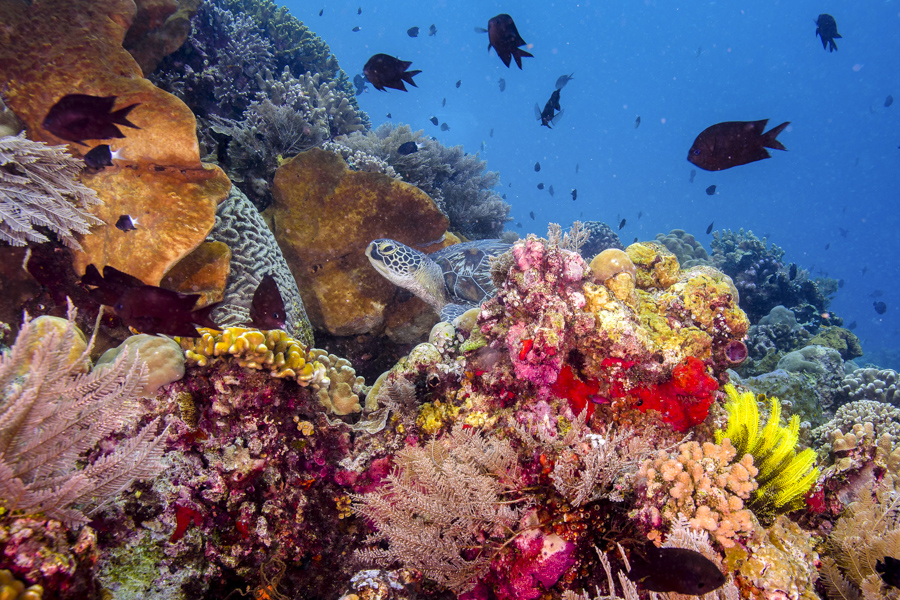
Credit: Ken Kurtis/Aquarium of the Pacific
Learn about coral reefs, the threats they face, and what you can do to help save them. And meet some new residents, like a green sea turtle, flashlight fish, and red-footed booby, and see some old friends in a whole new light.
Explore coral reefs in Pacific Visions through a new show in the Honda Pacific Visions Theater and an interactive exhibit in the art gallery.
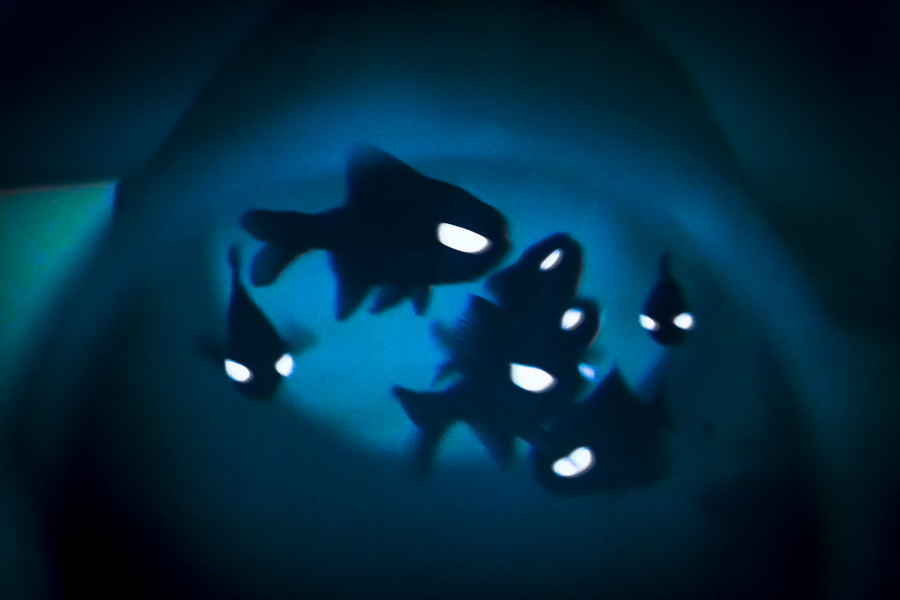
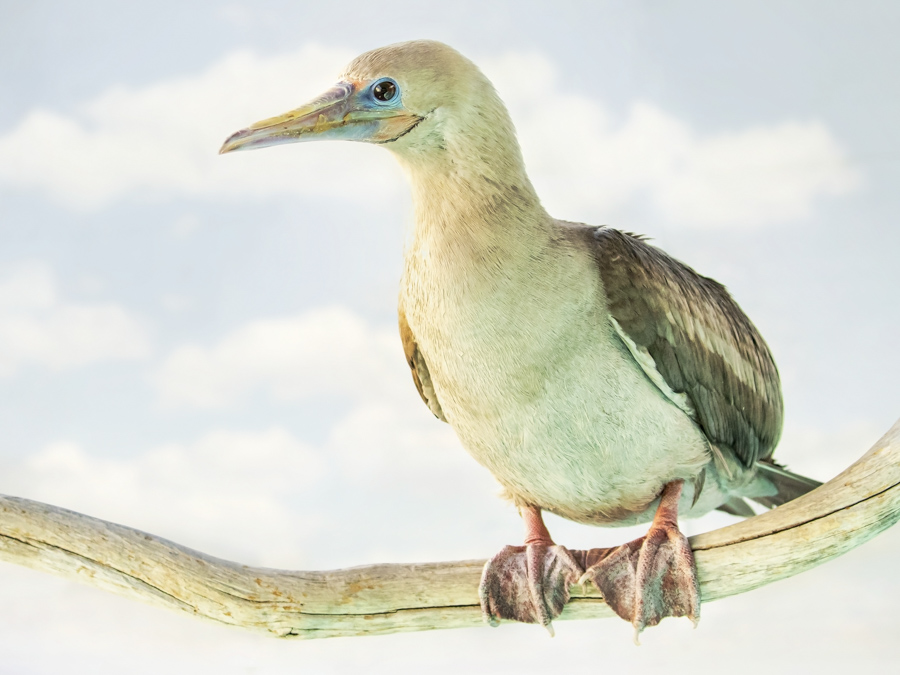
Credit: Robin Riggs
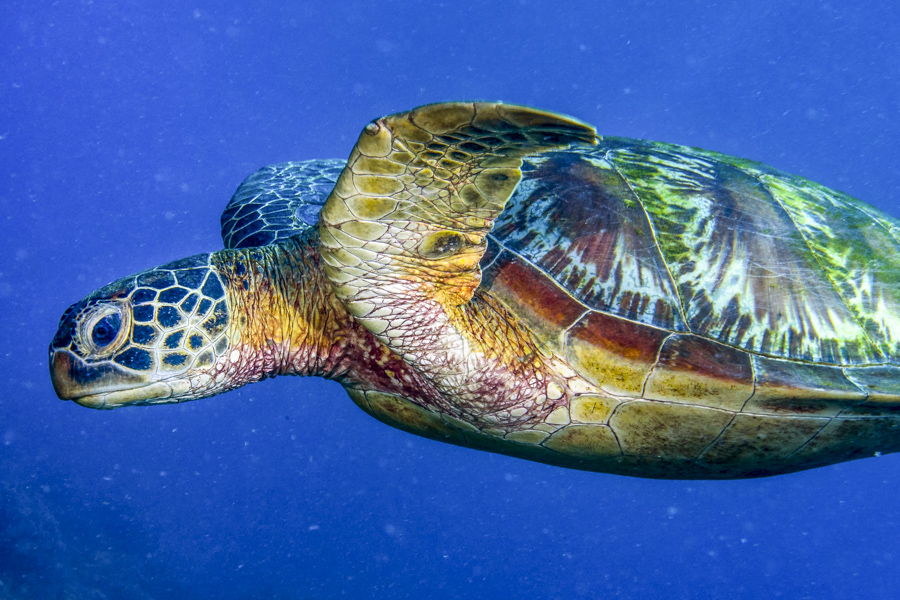
Credit: Ken Kurtis/Aquarium of the Pacific
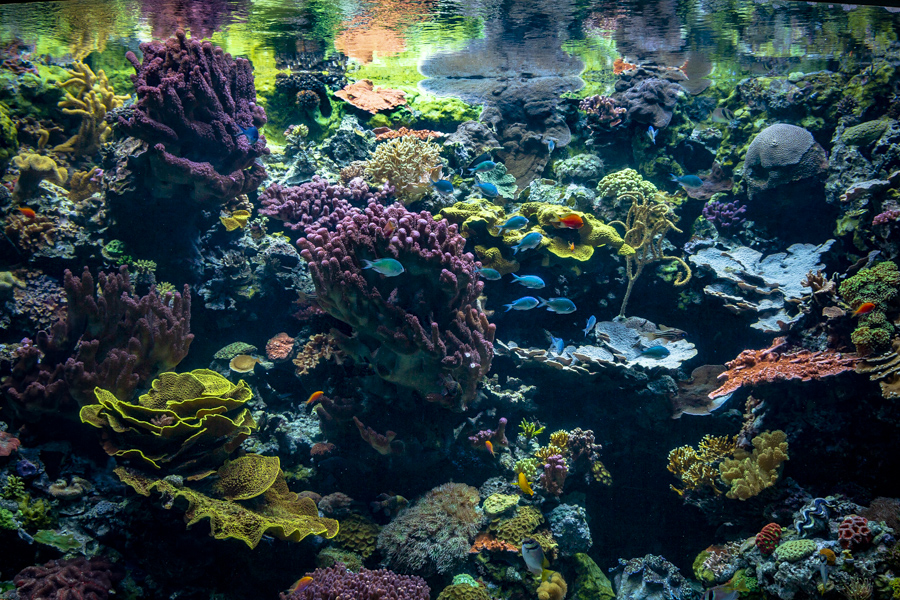
Credit: Aquarium of the Pacific/Andrew Reitsma
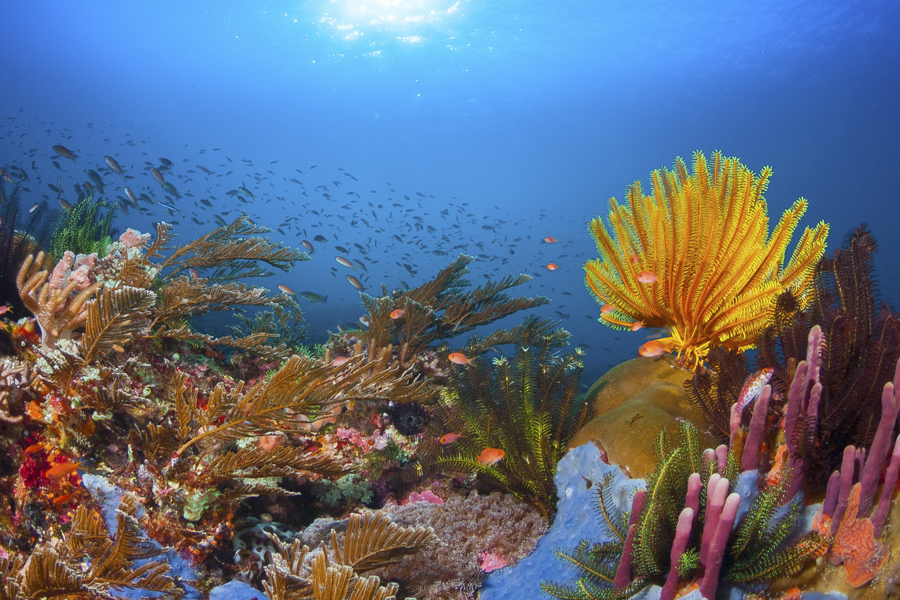
Credit: iStock.com / mantaphoto
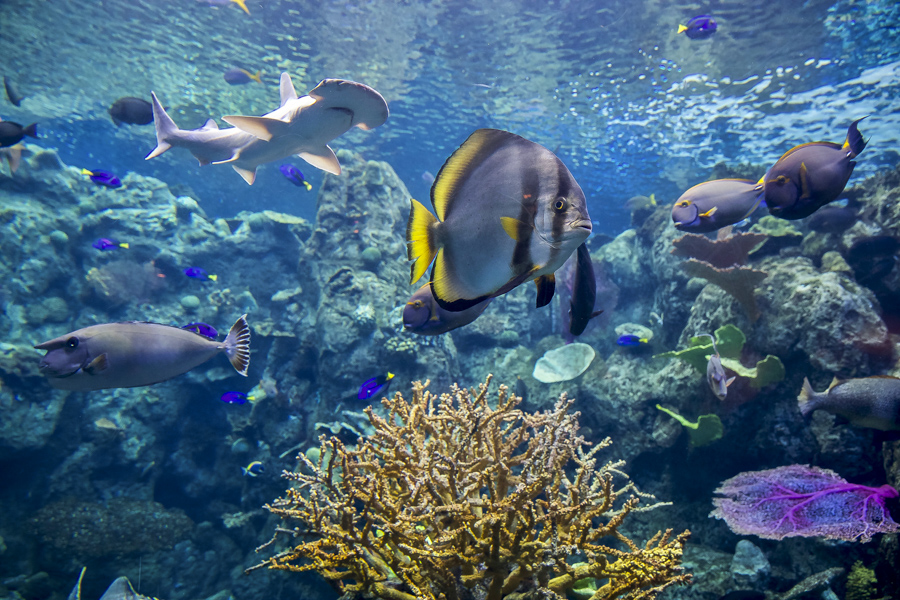
Credit: Aquarium of the Pacific/Andrew Reitsma
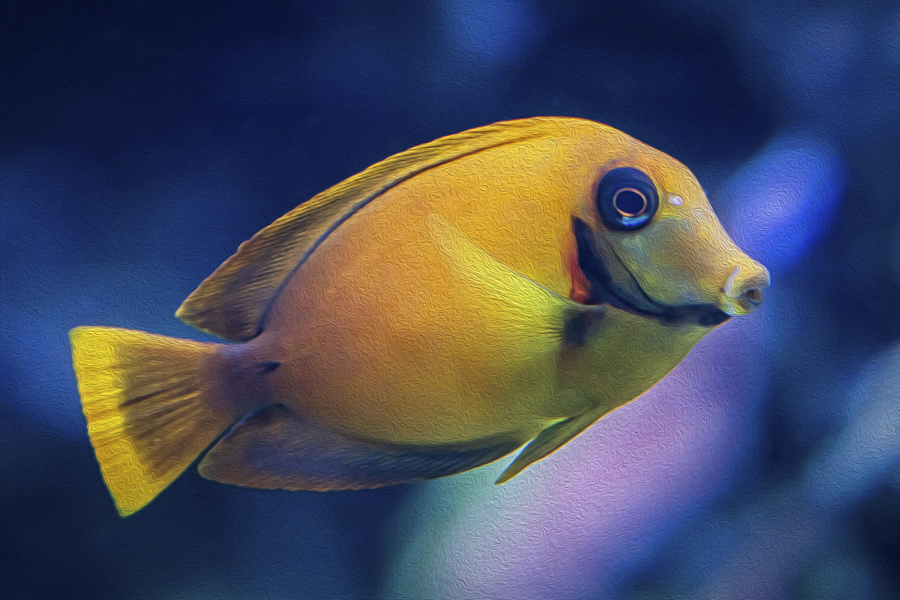
Credit: Robin Riggs
Between the shore and the outer barrier reef, coral lagoons provide protected areas to serve as nurseries for young fish. In these shallow waters, fish can hatch and grow while safe from predators.
This exhibit features various tropical fish, including tangs and wrasses, and corals, such as yellow scroll coral and leaf plate montipora.

Credit: Aquarium of the Pacific/Andrew Reitsma
The United States Fish and Wildlife Service occasionally confiscates illegally traded live corals, and the Aquarium of the Pacific provides a home for some of these corals in our exhibits. The illegal coral trade is worth tens of millions of dollars a year.
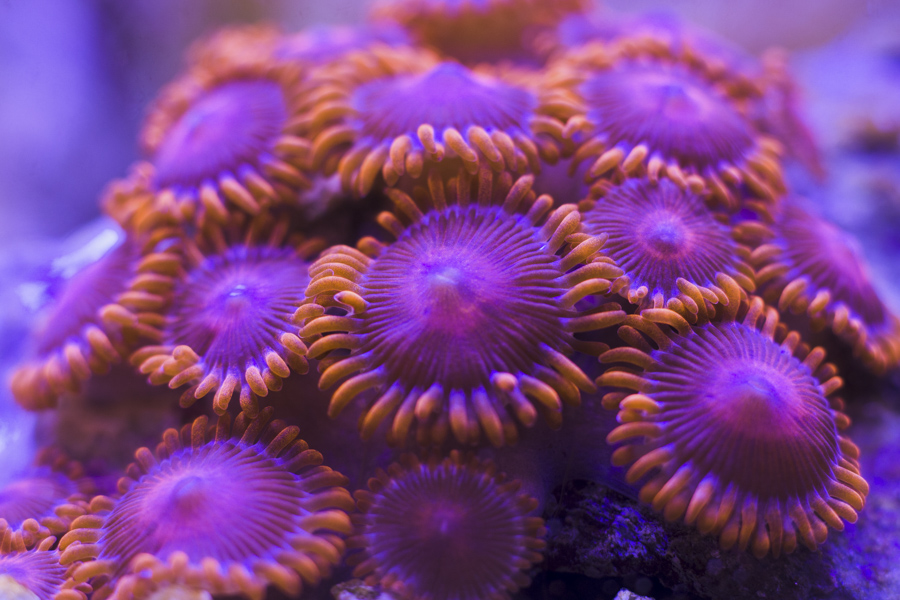
Credit: iStock.com / Beto_Junior
At this exhibit, use the built-in magnifying glass to closely observe corals and their brilliant colors. Corals’ bright colors come from pigments that act as a form of sunscreen for the corals.
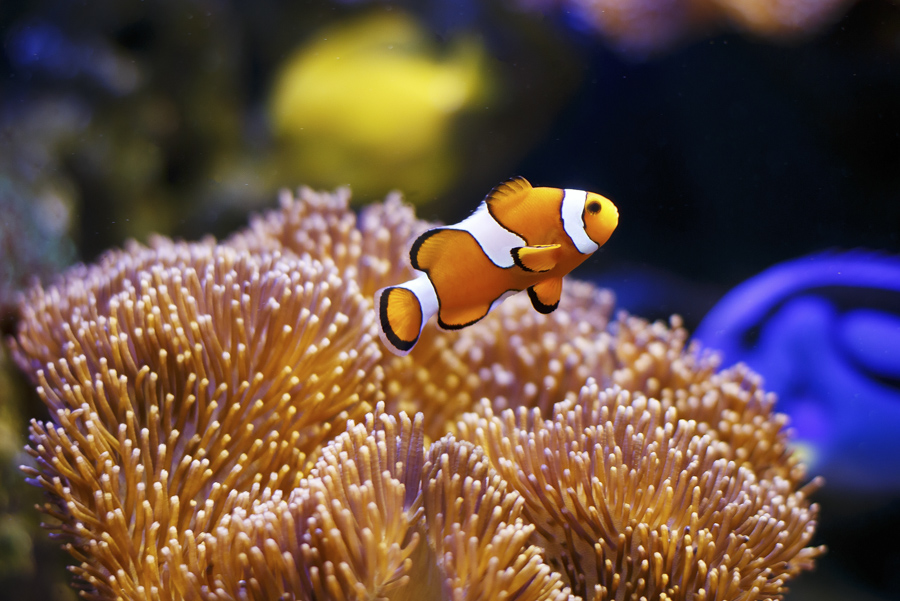
Credit: FGorgun
Clownfish live on coral reefs and in lagoons in tropical waters. They have a special relationship with their host anemone and rarely leave it. The anemone protects the fish, and the fish helps clean and feed the anemone.
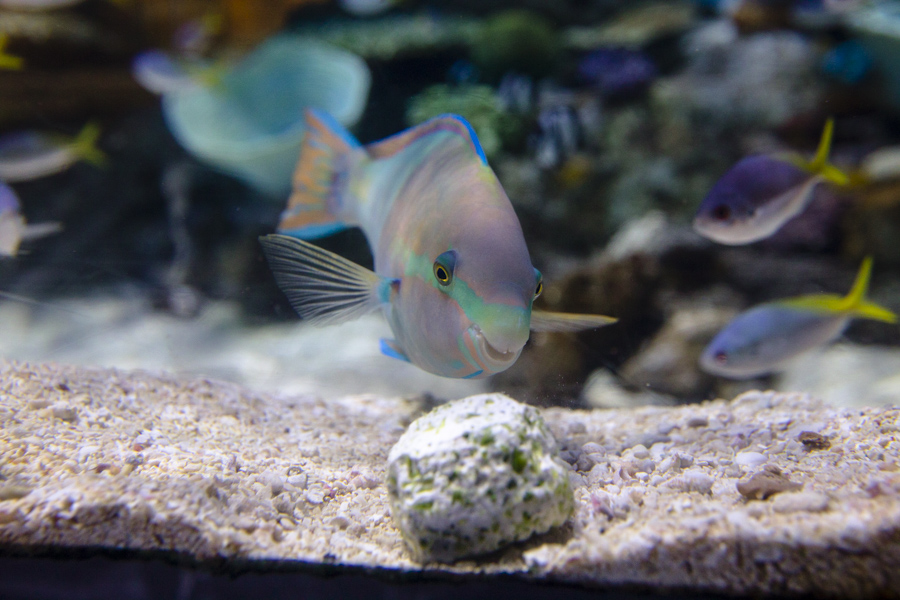
Credit: Aquarium of the Pacific/Andrew Reitsma
Parrotfish use their large, sharp teeth to eat coral. They feed on the algae that lives in the coral’s tissues and digest the calcium carbonate skeleton into the fine, white sand we find on tropical beaches. Through this process, parrotfish and other animals that eat coral help control coral growth.
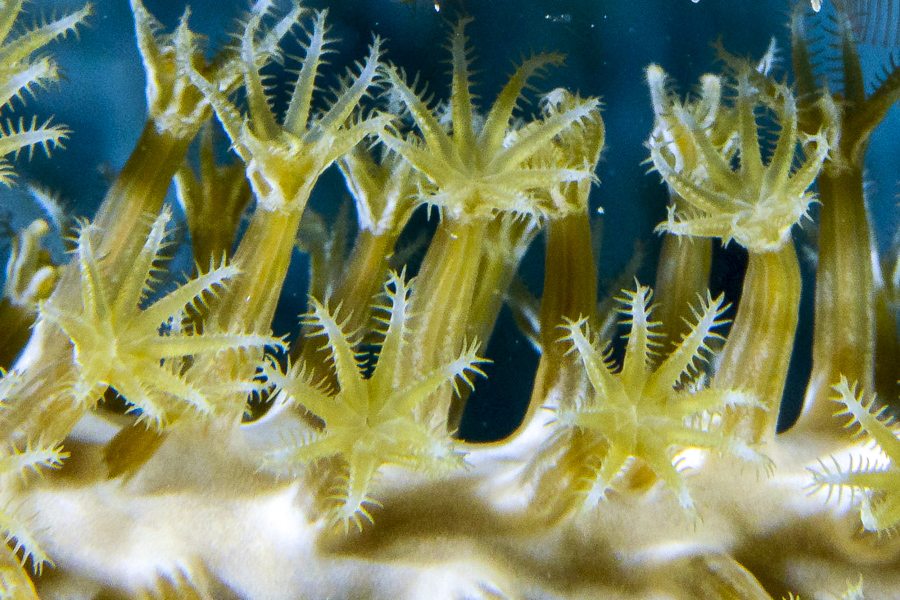
Credit: Ken Kurtis/Aquarium of the Pacific
Losing coral reefs to pollution, overfishing, and climate change would mean losing potential benefits that have yet to be discovered. They could provide new medicines and food, protect our coasts from rising seas, and more.
This collection of small exhibits will showcase flamboyant cuttlefish, sea apples, twinspot lionfish, pulsing xenia, and other tropical reef animals.
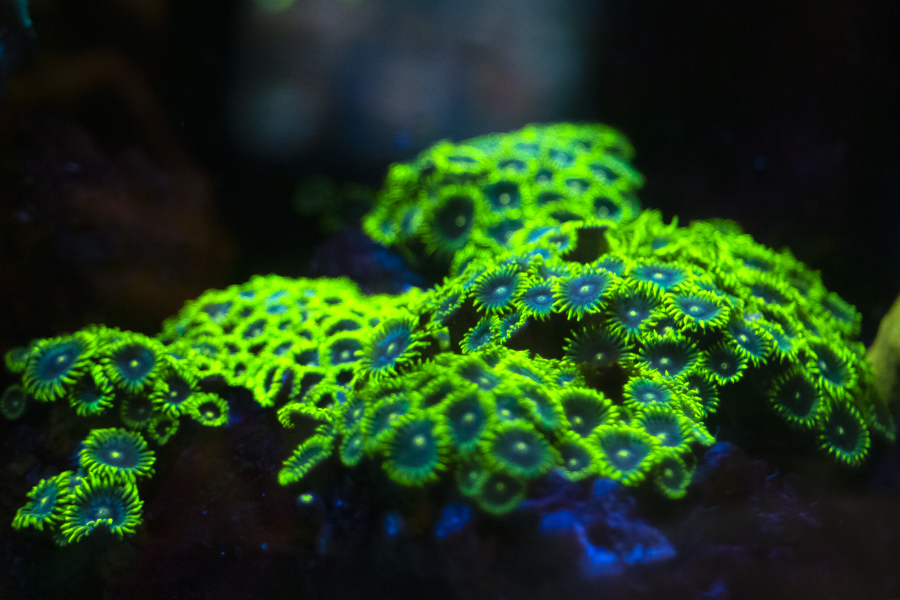
Some corals absorb blue and ultraviolet light and then emit lower-energy fluorescent light. The reason why is a mystery, but fluorescence is a sign that corals are healthy. The color shift might work light sunscreen to protect the delicate corals in shallow waters from intense tropical sunlight.
In this exhibit, see flashlight fish and longspine cardinalfish, plus coral species including mushroom corals and boulder star corals.
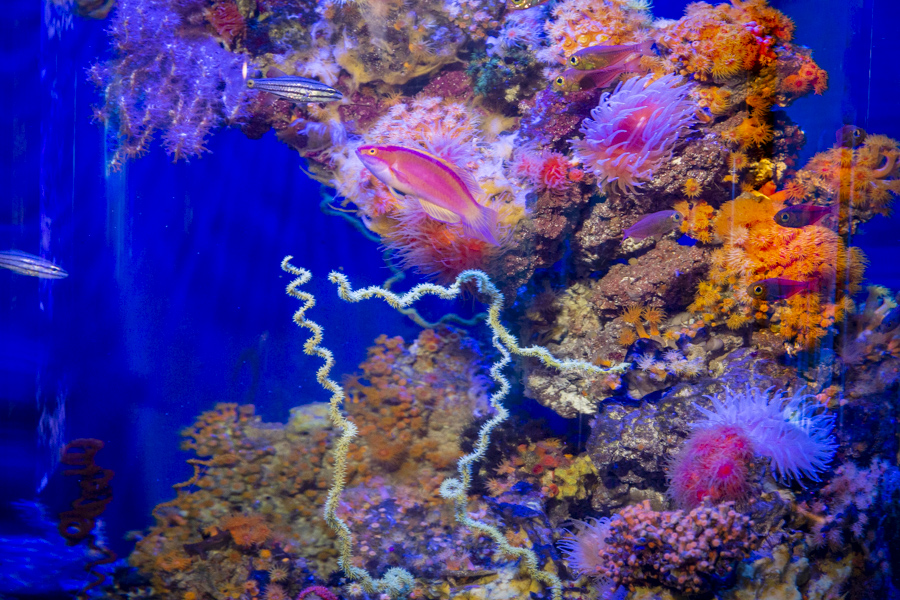
Credit: Andrew Reitsma/Aquarium of the Pacific
Corals living in deep water do not receive intense sunlight like their shallow-water relatives. Animals that live in this dark environment include corals, sponges, and tubeworms.
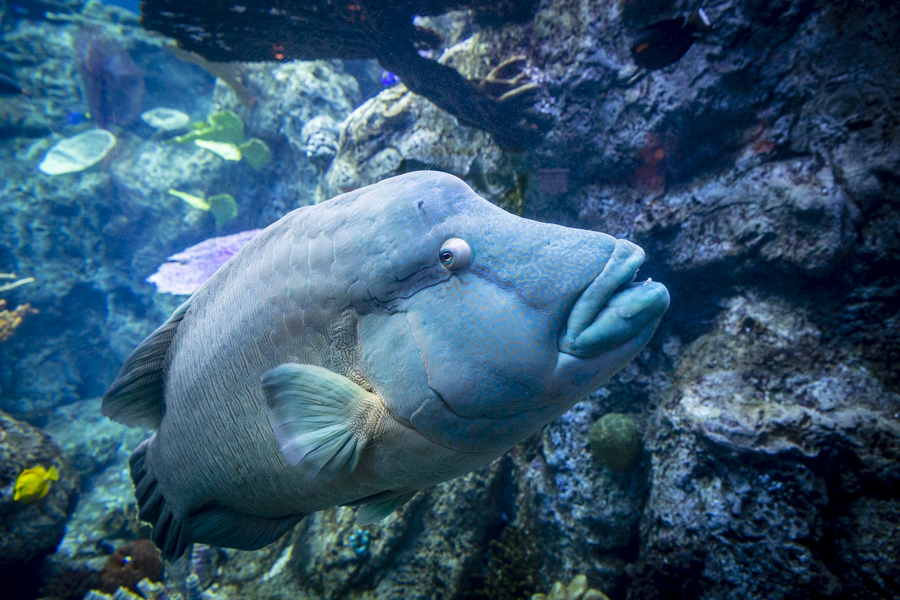
Credit: Aquarium of the Pacific/Andrew Reitsma
The Tropical Reef Habitat is the Aquarium’s largest exhibit, containing 350,000 gallons of saltwater and more than 500 animals.
This exhibit is home to a new green sea turtle, olive ridley sea turtle, zebra shark, bonnethead sharks, Queensland grouper, eagle rays, cownose rays, and many varieties of tropical fish, including bluefin trevallies, angelfish, tangs, and unicornfish. It can be viewed from three different parts of the Tropical Pacific Gallery: one viewing window near the gallery entrance, the Tropical Tunnel, and the main viewing window near the end of the gallery.
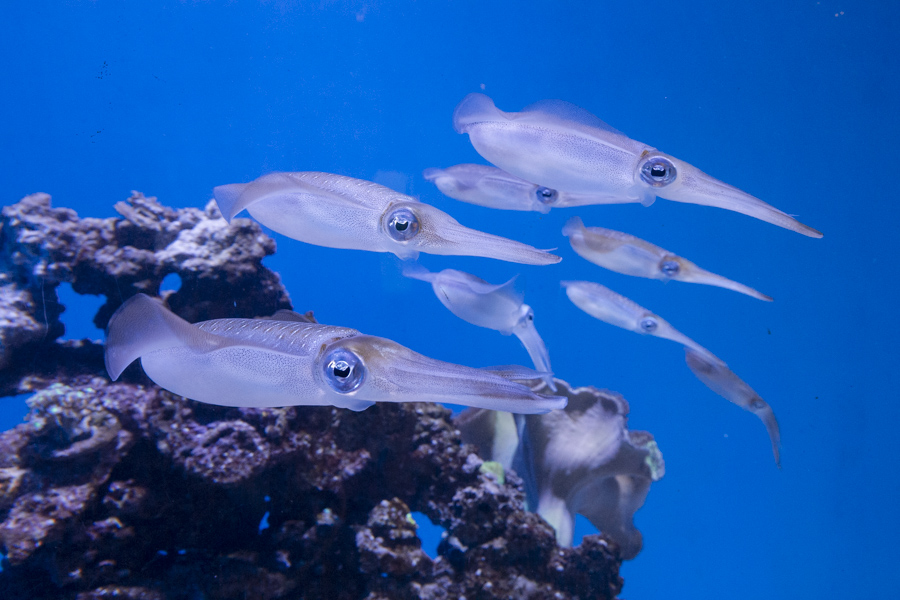
Credit: Andrew Reitsma/Aquarium of the Pacific
Tentacles and Ink highlights the beauty and fascinating characteristics of cephalopods. Cephalopods include squid, octopuses, and cuttlefish, and they can change their color and pattern and shoot a jet of ink when disturbed.
Animals on view in Tentacles and Ink have included a day octopus, golden cuttlefish, and bigfin reef squid.
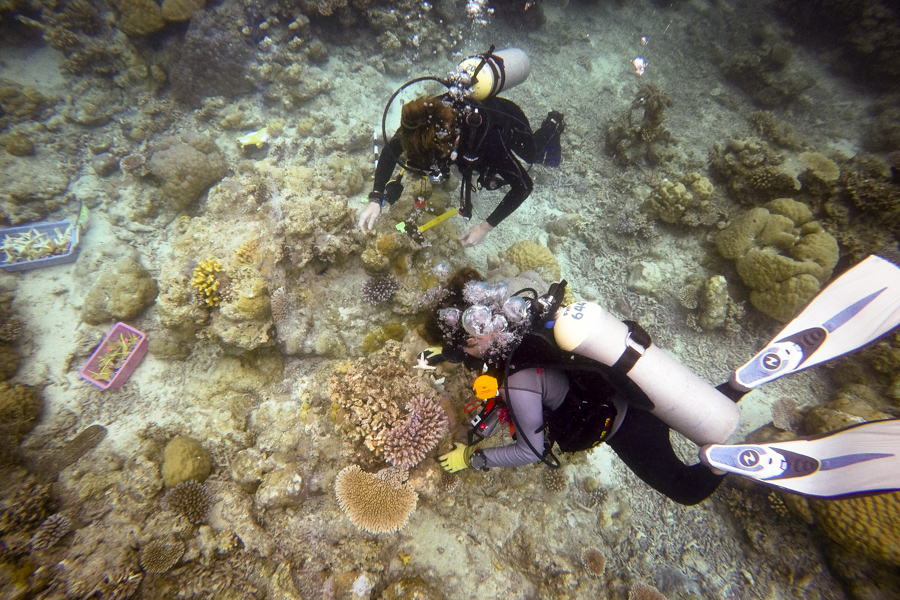
The Aquarium has partnered with SECORE International, a nonprofit organization dedicated to restoring damaged reefs in Guam and Palau. Our coral experts have traveled to these places to help rebuild reefs and learn techniques that they can use to culture corals here at the Aquarium.
In this exhibit see corals that were cultured at the Aquarium using SECORE techniques.
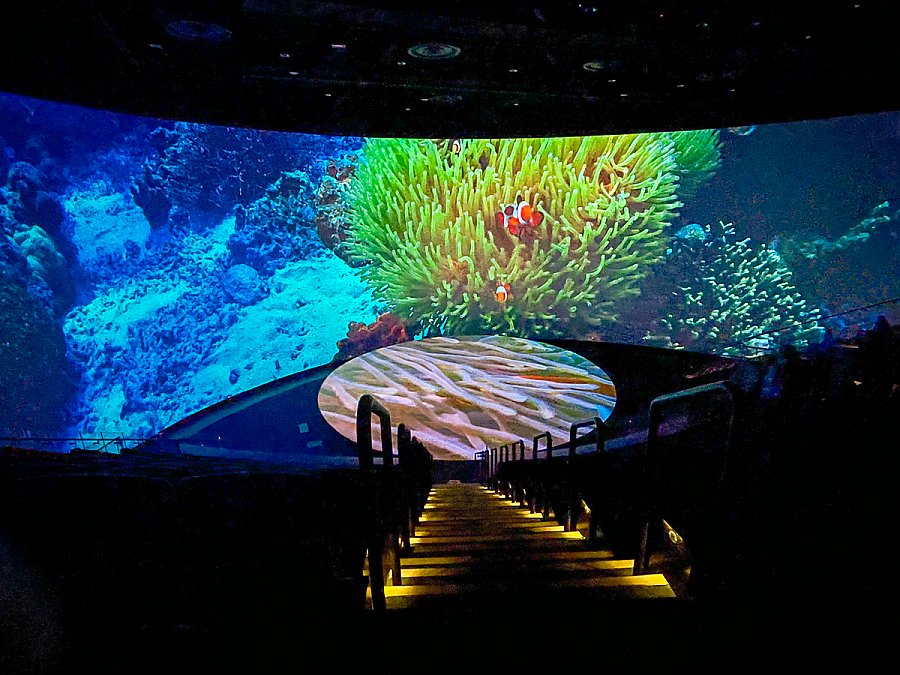
Credit: Aquarium of the Pacific/Fahria Qader
Experience a stunning virtual coral reef dive in the new show, Our Future is in Cities: On Land and In the Ocean. Explore the diversity of coral reefs and how we can protect them.
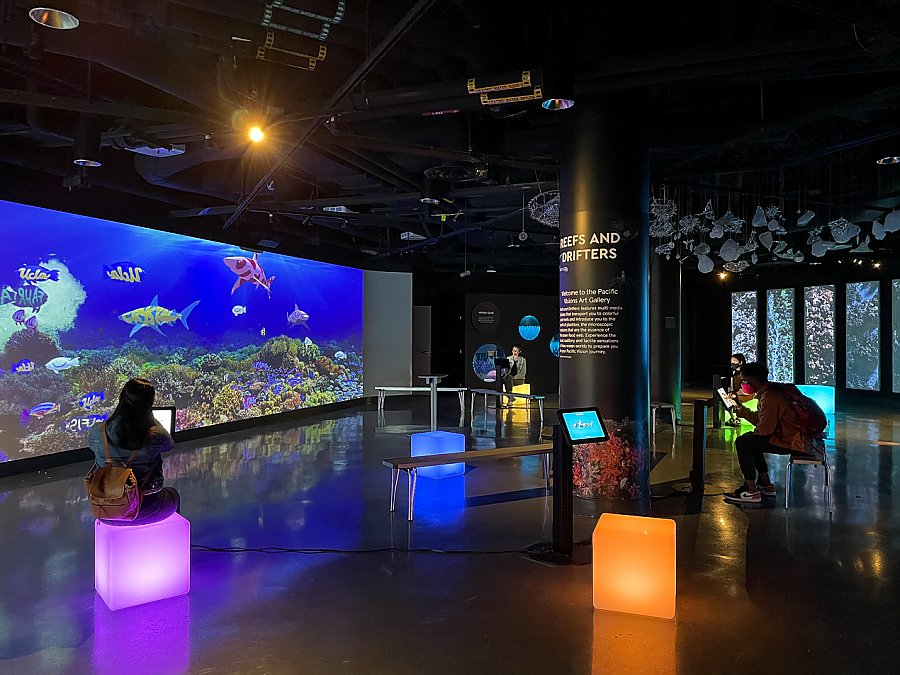
Paint a Fish allows guests to digitally color a fish and send it to swim in a virtual coral reef projection. Credit: Aquarium of the Pacific/Fahria Qader
With this new interactive exhibit in the Pacific Visions Art Gallery, digitally color a fish and send it to swim in a virtual coral reef projection.

Aquarium coupons at Baker’s through December